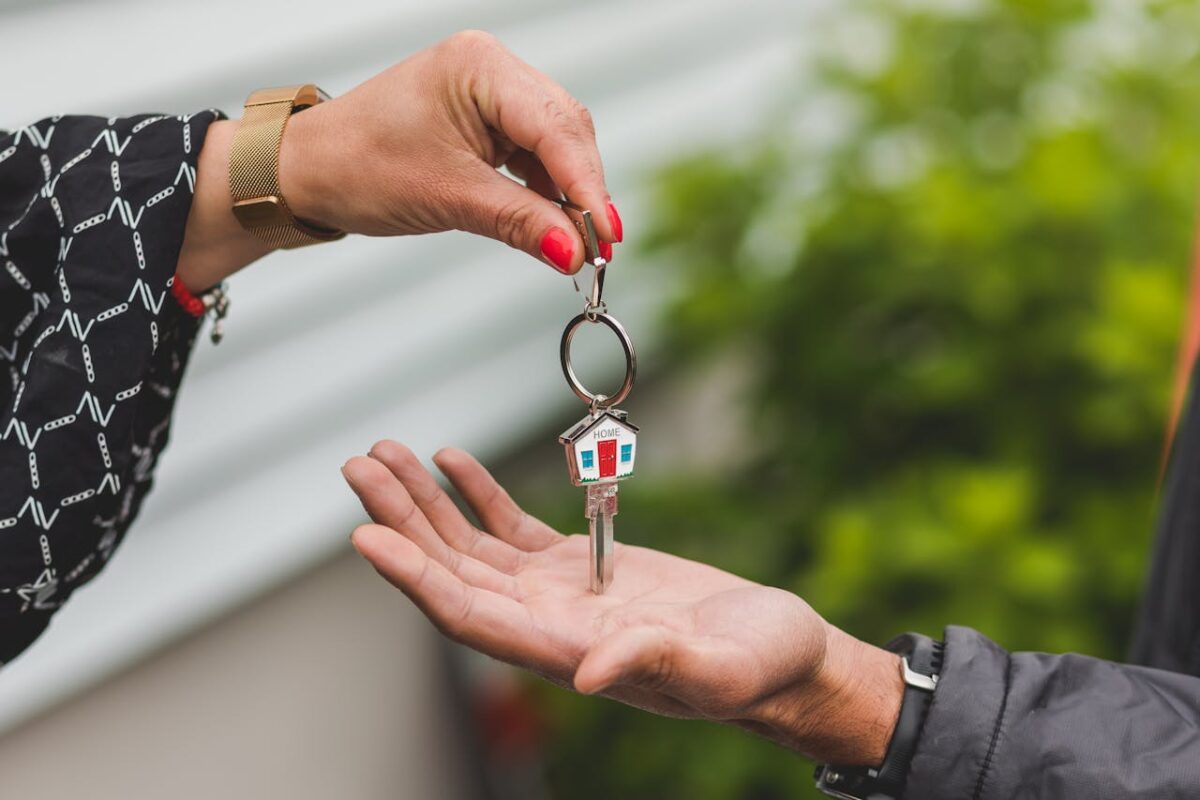


If you’re looking to invest in a short-term rental (STR), one of the biggest levers for success isn’t the property itself — it’s the loan you use to finance it.
Your loan determines:
- How much cash you keep in your pocket
- How fast you can scale
- What kind of properties you can compete for
- And ultimately, how profitable your Airbnb actually is
In this guide, we’ll break down the three most common loan options for STR investors in 2025 — DSCR, Conventional, and HELOC — and help you decide which one’s right for your investment goals.
🔎 Overview: 3 Loan Types Every STR Investor Should Know
| Loan Type | Best For | Key Feature | Common Hurdle |
| DSCR | Investors using property income | Based on rental income | Higher rates + strict appraisal |
| Conventional | W2 earners or high-income borrowers | Best rates, most traditional | Often ignores STR income |
| HELOC | Leveraging equity in other properties | Fast, flexible cash access | Higher interest + risk if misused |
Let’s dig into each one with examples, pros, cons, and tips.
🏘️ 1. DSCR Loans (Debt-Service Coverage Ratio)
What it is: A business-purpose loan based on the property’s ability to pay its mortgage — not your personal income.
DSCR = Property’s Gross Income / Monthly Debt Payment
Why it’s STR-friendly: Lenders use Airbnb projections (via AirDNA or actual bookings) instead of requiring a lease or personal income.
✅ Pros:
- No income verification required
- You can close in an LLC (for liability protection)
- Fast closings (often under 30 days)
- Can scale faster with multiple loans
❌ Cons:
- Higher interest rates (typically 7%–9%)
- Bigger down payments (20–25%)
- Some have prepayment penalties
- Income must “cover” the debt — usually DSCR ≥ 1.25
Example:
- Purchase price: $600,000
- Down payment: $120,000 (20%)
- Estimated income: $6,500/month
- Monthly payment: $3,500
- DSCR = 1.85 → Loan approved ✅
Best for: Investors with multiple properties, self-employed borrowers, or anyone wanting speed/flexibility over rate.
🔗 Read more: What DSCR Lenders Look for in STR Markets
🧾 2. Conventional Loans
What it is: A standard mortgage product backed by Fannie Mae or Freddie Mac. You’ve probably used one on your primary residence.
Why it’s popular: Conventional loans usually offer lower interest rates (6%–7%), longer terms, and lower closing costs — especially if your income qualifies.
✅ Pros:
- Lowest interest rates available
- Longer terms (30-year fixed, P&I)
- Can be used for second homes or investment properties
- Strong lenders available in all markets
❌ Cons:
- DTI (debt-to-income) requirements are strict (≤43%)
- Typically require 20%–25% down for investment properties
- Often don’t count STR income unless you have a 2-year history
- Cannot close in an LLC — personal liability only
Example:
- You’re a W2 earner with a $100K salary
- Want to buy a $500K STR in Jacksonville
- Lender sees no long-term lease income → Only uses your salary → May not approve, or limits loan amount
Best for: High-income borrowers buying their first or second STR who don’t need to scale fast or use creative income.
💡 Tip: Some lenders now count Airbnb income after 12 months, especially if you self-manage and document bookings via 1099s.
💸 3. HELOC (Home Equity Line of Credit)
What it is: A revolving line of credit based on the equity in your primary home or existing property. Think of it like a business credit card backed by real estate.
Why it’s powerful: It allows you to fund down payments or even entire purchases without selling anything.
✅ Pros:
- Fast access to cash (can fund deals in days)
- No underwriting tied to a new property
- Can be used for down payments, rehab, or full purchases
- Interest-only payments (flexibility in early months)
❌ Cons:
- Higher rates (7%–9%) and variable terms
- Risk of over-leverage — tied to your personal residence
- Shorter repayment windows
- Balloon payments possible
Example:
- Your primary home is worth $600K, with a $300K mortgage
- You take out a $150K HELOC
- Use $100K for the down payment on a $500K STR
- Refinance later to pay back the HELOC — rinse and repeat
Best for: Experienced investors who want to move quickly, use other assets as leverage, or fund BRRRR/rehab projects.
🔗 Explore: Using HELOCs Safely to Fund STR Expansion
📈 Which Loan is Best for You?
Scenario A: First-Time STR Buyer with W2 Income
→ Use Conventional Loan for best rate
→ Consider a Second Home loan if you plan personal use
Scenario B: Experienced Investor Scaling Fast
→ Use DSCR Loans to close quickly and avoid income hurdles
→ Stack with HELOC to fund multiple deals
Scenario C: BRRRR in a Vacation Market
→ Use Cash or HELOC to buy + rehab
→ Refi into DSCR based on new STR income after 3–6 months
💬 Real Talk: It’s Not About “Best” — It’s About Fit
Here’s the truth: There is no “one-size-fits-all” STR loan. Your decision should be based on:
- Your current financial profile
- Your investing timeline
- The income potential of the property
- How quickly you want to scale
Some of the savviest investors use multiple loan types depending on the deal. Maybe your first STR is conventional, your second is DSCR, and your third is seller-financed with a HELOC backing it.
🔑 Tips to Choose the Right Loan:
- Run the Numbers – Use tools like AirDNA or the Deal Room Deal Analyzer to test different loan types on the same property.
- Understand the Exit – Planning to refi or sell in 2–3 years? Avoid loans with prepay penalties.
- Think Bigger Picture – The right loan today should also help you fund the next deal tomorrow.
💡 Hot Tip: Keep a “loan strategy doc” on each deal — with rate, term, prepay, and exit plan clearly listed.
🚀 Ready to Run the Numbers on Your Next STR?
Deal Room helps STR buyers like you:
- Analyze loan scenarios across multiple lenders
- Understand the real cash flow impact
- Pair you with vetted STR-savvy lenders
👉 Join the Deal Room newsletter for new listings, tips, and deal breakdowns every week
👉 Schedule a strategy call and we’ll help map out your loan options
DealRoom Team
Deal Room is your trusted source for smart, actionable insights in rental property investment and management. From financing and tax strategies to design and operations, we help landlords and investors make confident, informed decisions.
Dive Deeper
 Financing for Rental PropertiesYou found the perfect short-term rental deal. The numbers look great. You’ve run your comps. But then—bam—your loan application is denied. Maybe your debt-to-income...August 10, 20255 minutes
Financing for Rental PropertiesYou found the perfect short-term rental deal. The numbers look great. You’ve run your comps. But then—bam—your loan application is denied. Maybe your debt-to-income...August 10, 20255 minutes Financing for Rental Properties
Financing for Rental PropertiesDSCR Loans Demystified: How They Work (And Why STRs Are a Perfect Fit)
For many investors, traditional financing can feel like a brick wall. You’re self-employed. You own multiple properties. Your debt-to-income ratio (DTI) is creeping up....August 10, 20254 minutes Financing for Rental Properties
Financing for Rental PropertiesHouse Hack Your Vacation Home: How to Finance a Second Property Without Breaking the Bank
Buying a second home might sound like a luxury — but with the rise of short-term rentals (STRs), it's become a strategic wealth-building move...August 10, 20254 minutes



